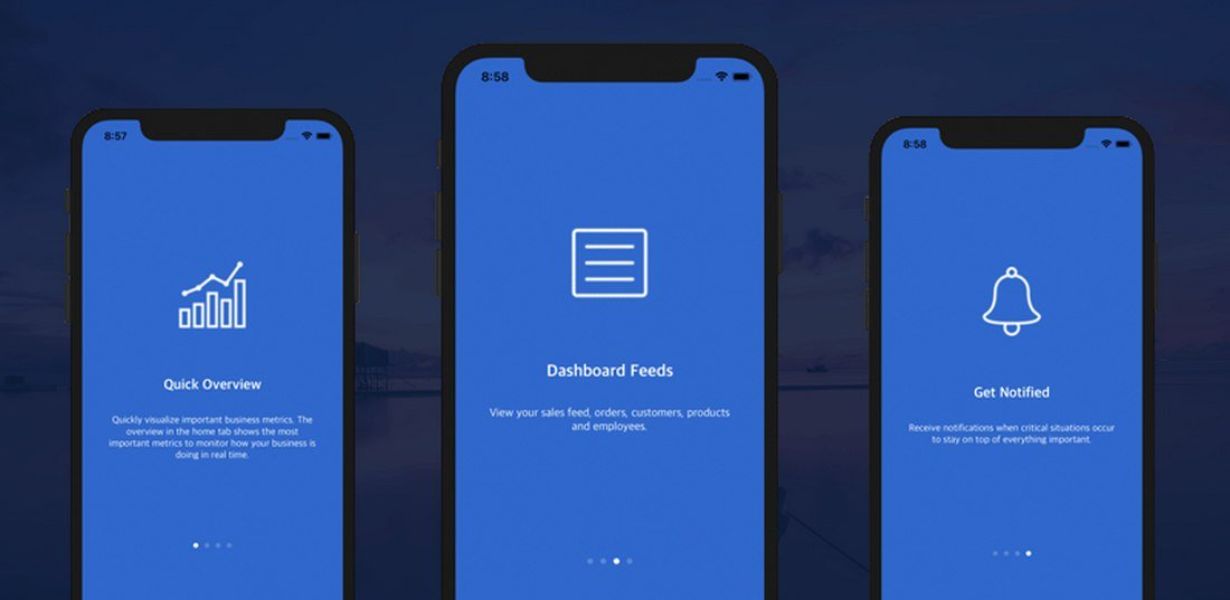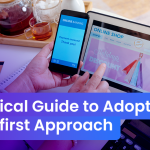
The Mobile-First Evolution: Unraveling Cutting-Edge Techniques for Responsive Web Apps
- Post
- August 7, 2023
- Responsive Design, UI/UX Design, Web Design
- 0 Comments
In the rapidly evolving landscape of web development, the emergence of mobile devices as the dominant platform has sparked a revolution in the way websites are designed and experienced. Responsive web apps have become the cornerstone of modern digital experiences, adapting seamlessly to various screen sizes and orientations. In this comprehensive guide, we delve into the latest techniques that empower you to craft exceptional responsive web apps. From responsive design examples to rigorous testing methodologies, we equip you with the knowledge to thrive in the mobile-first era.
Embracing Mobile-First: A Paradigm Shift in Web Development
In the early days of the internet, designing websites for desktops was the norm. However, the surge in mobile device usage has shifted the paradigm towards mobile-first design. The key philosophy behind mobile-first design is prioritizing the mobile user experience, ensuring optimal performance and usability across all devices. Mobile-first design compels developers to rethink their approach, focusing on streamlined layouts, efficient use of screen real estate, and lightning-fast loading speeds. This approach not only enhances user satisfaction but also plays a pivotal role in search engine rankings, thanks to Google’s emphasis on mobile-friendliness.
The Responsive Design Framework: Crafting Adaptive Interfaces
Responsive web design serves as the cornerstone of creating adaptable user interfaces. This technique employs flexible grids and media queries to ensure that a website responds seamlessly to the user’s device, be it a smartphone, tablet, or desktop. It eradicates the need for separate websites for different devices, offering a consistent experience. The fluidity of responsive design ensures that content resizes and rearranges intelligently, maintaining readability and functionality. Implementing responsive design empowers you to reach a broader audience and provides a strong SEO advantage through Google’s mobile-first indexing.
Mastering Media Queries: Tailoring Visual Elements
Media queries are the building blocks of responsive design, allowing developers to apply distinct styles based on the user’s device characteristics. By targeting specific screen sizes, orientations, and resolutions, media queries enable the creation of visually engaging interfaces that adapt seamlessly to various contexts. Utilizing a mobile-first approach to media queries ensures a solid foundation for responsive web apps. By progressively enhancing styles as the screen size increases, you can guarantee an optimized experience for users across all devices.
The Art of Flexbox and Grid: Advanced Layout Possibilities
Modern CSS techniques like Flexbox and CSS Grid offer developers unparalleled control over layout structures. Flexbox simplifies the alignment and distribution of elements within a container, while CSS Grid introduces a two-dimensional grid system that enables complex layouts with ease. These techniques unlock a realm of possibilities for responsive design, allowing for intricate, dynamic arrangements that cater to diverse screen sizes. By harnessing the power of Flexbox and Grid, you can create visually stunning and highly functional interfaces that adapt gracefully to various devices.
Optimizing Images for Responsive Excellence
High-quality images are integral to engaging user experiences, but they can also slow down a website’s loading speed, especially on mobile devices with limited bandwidth. To strike the perfect balance between visual appeal and performance, optimizing images for responsiveness is crucial. Utilize image compression techniques, responsive image attributes, and modern image formats like WebP to ensure that images adapt seamlessly to different screen sizes while minimizing loading times. By reducing the impact of images on performance, you enhance user satisfaction and bolster your website’s SEO prowess.
Fluid Typography: Readability Across Devices
Typography plays a pivotal role in conveying information and establishing a visual identity. With the prevalence of various screen sizes and resolutions, ensuring optimal readability across devices is paramount. Fluid typography employs relative units like “em” and “rem” to ensure that text adjusts proportionally to the user’s chosen font size and device. This approach guarantees that your content remains legible and visually appealing, regardless of the screen it’s viewed on.
Rigorous Testing for Seamless Adaptability
A comprehensive testing strategy is vital to verify that your responsive web app functions flawlessly across a myriad of devices, browsers, and orientations. Automated testing tools like Google’s Mobile-Friendly Test and cross-browser testing platforms are indispensable allies in this endeavor. Thorough testing not only enhances user satisfaction but also augments your website’s SEO performance. Google rewards websites that provide exceptional mobile experiences, contributing to higher search engine rankings and increased organic traffic.
Accessibility: Inclusive Design for All
In the pursuit of creating exceptional responsive web apps, it’s imperative to prioritize accessibility. Inclusive design ensures that your website is usable by individuals with disabilities, fostering a more equitable online experience for all users. Implement semantic HTML, provide alternative text for images, and adhere to accessibility guidelines like WCAG (Web Content Accessibility Guidelines). By making your responsive web app accessible, you not only cater to a broader audience but also earn favor with search engines that prioritize user-centric experiences.
Speed Optimization: The Need for Swift Loading
Mobile users are notorious for their impatience when it comes to waiting for websites to load. A seamless and speedy user experience is paramount for retaining visitors and reducing bounce rates. Leverage techniques such as minification of code, asynchronous loading of assets, and browser caching to enhance your responsive web app’s loading speed. Google’s PageSpeed Insights tool can provide valuable insights into areas for improvement, ensuring that your website remains competitive in the search rankings.
Final Words
In the ever-evolving landscape of web development, embracing the mobile-first evolution is no longer a choice but a necessity. The techniques discussed here—ranging from mobile-first design philosophies to speed optimization strategies—lay the foundation for crafting responsive web apps that excel in user experience and search engine visibility.
Commonly Asked Questions
Q1: What is the significance of responsive design in today’s digital landscape?
A1: Responsive design ensures that websites adapt seamlessly to various devices, enhancing user experience and SEO performance.
Q2: How does mobile-first design impact search engine rankings?
A2: Mobile-first design is favored by search engines like Google, contributing to higher rankings and improved organic visibility.
Q3: What role do media queries play in responsive design?
A3: Media queries enable developers to apply specific styles based on device characteristics, ensuring adaptive and visually appealing interfaces.
Q4: How can I optimize images for responsive web apps?
A4: Employ image compression, responsive attributes, and modern formats to balance visual appeal with loading speed.
Q5: Why is accessibility crucial for responsive web apps?
A5: Accessibility ensures inclusive design, catering to users with disabilities and aligning with search engines’ user-centric priorities.



